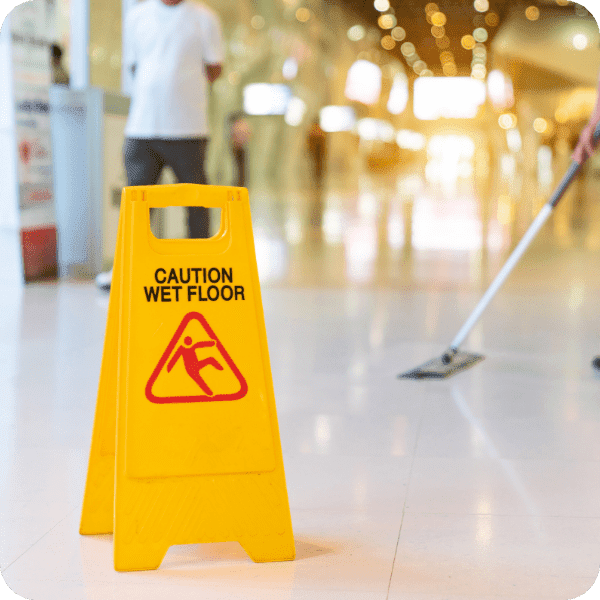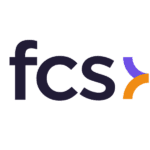 The standard way of measuring guest satisfaction or guest experience is to use a numeric scale with variation from 1-10 or 1-7 (1 = not satisfied at all – 7 / 10 = very satisfied). These type of scales are effective in accommodation properties with more than hundred rooms.
The standard way of measuring guest satisfaction or guest experience is to use a numeric scale with variation from 1-10 or 1-7 (1 = not satisfied at all – 7 / 10 = very satisfied). These type of scales are effective in accommodation properties with more than hundred rooms.
Once the data accumulation is high in volume, it will be more advantageous to have scales that show small variations in the average scores e.g. 7.3 compared to 7.8, especially if you are interested in observing the changes in one variable over longer period of time – it could be a performance indicator such as cleanliness, quality of food, service quality etc.
For smaller accommodation properties, a verbal scale might be a better option. For example, instead of using a numeric scale to use words such as: very satisfied, satisfied, somewhat satisfied, not satisfied.
Why a different type of scale?
Using something other than numerical scale is important for properties that do not accumulate vast amounts of data, because it leaves very little room for interpretation.
Let me elaborate a bit more.
People from different cultures might interpret the traditional 1-10 scale differently (despite of the given guidance). Some people might consider score 8 as very good, whereas some people might give a straight 10 for a very good experience – and in both of the cases the customers experienced the same level of satisfaction. This area of customer satisfaction is fairly well researched and the academic literature is widely available through various online databases.
Obviously, once you do accumulate vast amounts of data, you will be able to see quite clearly if this really is the case (the cultural differences in customer satisfaction). The problem occurs in a situation when we do not accumulate a lot of data, and this is a likely concern for those accommodation establishments that serve lower capacities.
One more thing to be mentioned, once the measurement is about the guest’s intention to return or recommend the accommodation establishment, a verbal scale with 4 options such as very likely, quite likely, somewhat likely, not likely is going to function the best as there is, again, less room for interpretation. If we were to use a scale from 1-10, what would be the exact score for returning somewhat likely?
If we ask this question from 10 different people who come from 10 different cultures. I am almost certain, the answers will land between the numbers of 4, 5, 6 and 7.
One of the main considerations for any customer survey is to minimise the room for interpretation, otherwise the analysis of the results might become increasingly difficult.


















